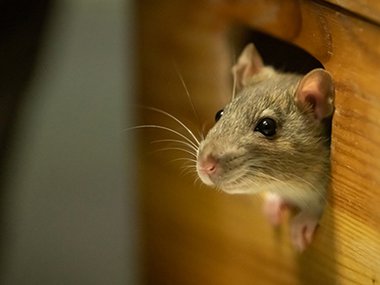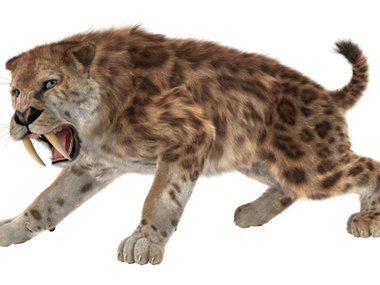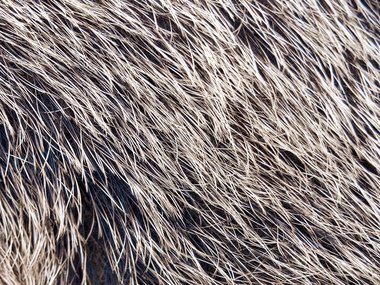What Do Women Scientists, Conditioning Techniques, and Rats Have in Common?
Training Norway rats to play basketball is pretty hard. But what might be more difficult is deciding what to name the seven new rat basketball trainees at the Science Museum of Virginia!
Rats have been playing basketball at the Museum since 2004, and Noah Haden has been training the animals to play for more than half that time. He and the other Museum educators use operant and classical conditioning to teach the rodents to pick up a small plastic ball and put it through a simulated basketball hoop.
Noah and the other educators have trained more than 50 rats to play baseball at the Museum. Initially launched as just a March Madness program, rat basketball demos now take place almost every day at the Museum.
When rats reach the end of their career, their jersey is retired and they are taken out of rotation. To keep a team of fully trained rats, Museum staff get a new group of trainees about every 18 months.
The newest group of rats came to the Museum in early October at about two months old. Just as professional athletes must meet certain criteria, the animals selected must be in good physical health, have distinctive markings so educators can tell them apart upon sight and be female. (All of the Museum’s rat basketball players are female—the male rats are aggressive and fight over the ball too much.)
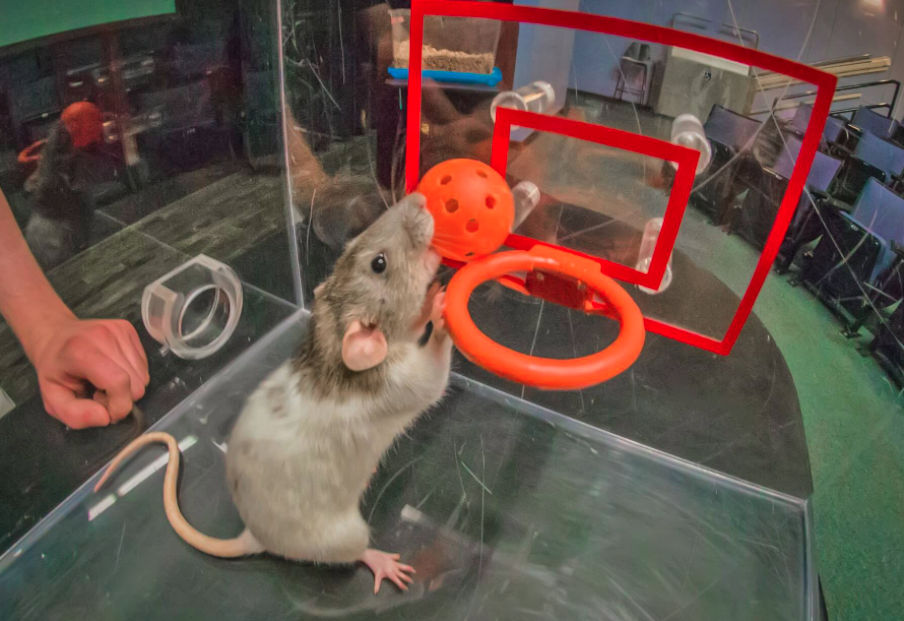
First, Noah and his colleagues spend time socializing the new rats. The animals need to get comfortable being handled and interacting with humans. It isn’t hard finding volunteers for this task. “Who doesn’t love playing with baby rats?!” Noah asked.
Then the rats get introduced to the basketball court. The trainer will make a sound with a clicker and the rat will get a treat. This helps the rat associate the sound with a reward.
Next, Noah will start to teach the rat a chain of behaviors. He will put the basketball on the court. When the rat touches the basketball, he will make the click sound and give the rat a treat. After the rat understands she needs to move the ball, the training will advance to her having to pick up the ball with her teeth to get a treat. After mastering that step, the rat needs to take the ball to the side with the hoop.
The Museum has a custom built platform that allows the rat to climb up and get the ball near the hoop. Once the rat climbs on the platform with the ball in her mouth, the next step is to get her to place the ball in the hoop. As training progresses, the platform is lowered, ultimately ending flat against the floor.
Once the rat can get the ball from anywhere on the court, take it to the hoop and score a basket, she is considered fully trained. Each time the rat successfully completes all the steps, she gets a treat. For the operant and classical conditioning to work, the educator can’t reward the rat unless she does exactly what the educator want at each step in the process.
Each rat takes to the training at a different speed. The longest it has taken for Museum staff to train a rat to play basketball was 13 months. One exceptional rat basketball prodigy was fully trained in three weeks. On average, it takes about three months before the new trainees are full-fledged basketball players.
Noah said that rats are also like people in that they can get a little lethargic after repetitive practice. “Never underestimate the ways they try to get around doing what we want them to do. They are masters at taking shortcuts because they want to find the easiest way to get the treat!”
In addition to training the rats, Noah and his colleagues get to pick each rat’s name. Since they are all female, and since they live in the Science Museum of Virginia, current staff continue the tradition started with the first group of trainees by naming the rats after women scientists.
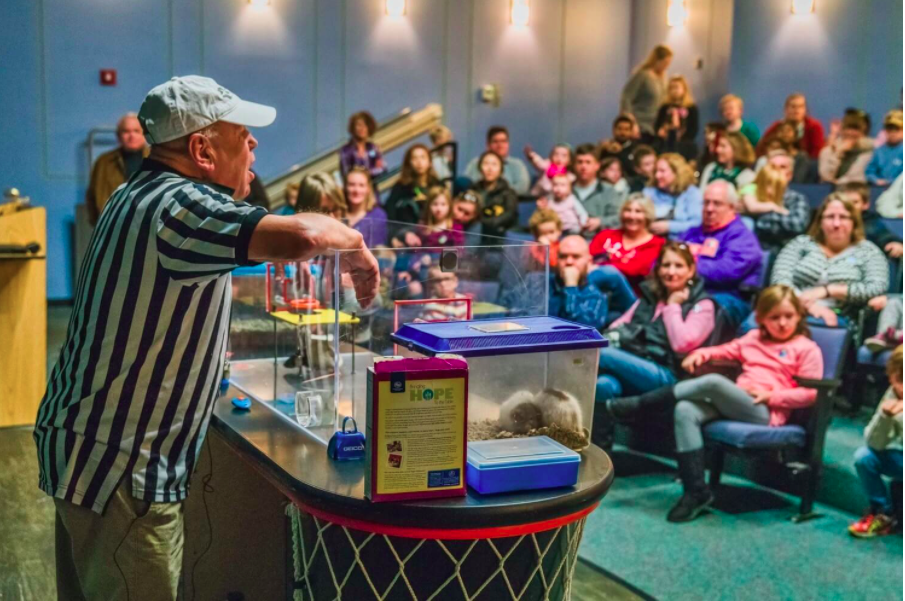
{Big booming announcer voice}
Ladies and gentlemen: The Science Museum of Virginia proudly presents its newest rat basketball trainees. Please join us in welcoming our new players, who will make their debut in spring 2018, just in time for March Madness!
- Asima
- Named after Asima Chatterjee, an organic chemist and the first woman to receive a PhD from an Indian university.
- Birdie
- Named after Bertha “Birdie” Parker Pallan Cody, the first Native American female archaeologist.
- Inez
- Named after Inez Prosser, the first African-American female to receive a PhD in psychology.
- Martha
- Named after Martha Bernal, a clinical psychologist who was the first Latina to receive a PhD in psychology in the United States.
- Nash
- Named after Barbara Nash, a volcanologist who is one of the first openly transgender women scientist.
- Reiko
- Named after Reiko True, a Japanese American psychologist who was the first woman and first minority to serve as director of Mental Health, Substance Abuse and Forensic Services for San Francisco’s Department of Public Health.
- Vera
- Named after Vera Rubin, an American astronomer who revolutionized the study of dark matter.
Check the daily schedule on the Museum’s website to see the schedule for rat basketball demos. And plan a visit in March 2018 to meet the new team of players!
